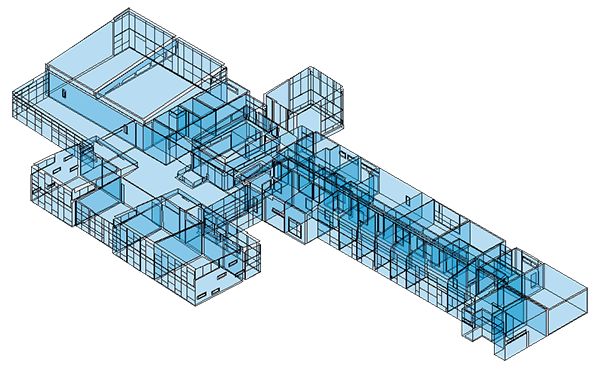What is BEM or Building Energy Modeling?
Building energy modeling is the process of creating a computer simulation of a building's energy performance. The benefits of building energy modeling include:
Energy Efficiency: Building energy modeling helps identify areas where energy can be conserved, and helps optimize building design and systems to reduce energy consumption.
Cost Savings: By optimizing energy use, building owners can save on energy bills and operating costs, resulting in cost savings over time.
Improved Comfort: Building energy modeling can help identify areas where thermal comfort can be improved, such as by reducing temperature fluctuations or improving ventilation.
Environmental Impact: By reducing energy consumption, building owners can reduce their environmental impact by lowering greenhouse gas emissions and decreasing the demand for non-renewable energy sources.
Compliance with Codes and Standards: Building energy modeling can help ensure compliance with building codes and energy standards, such as the International Energy Conservation Code (IECC) and Leadership in Energy and Environmental Design (LEED).
Predictive Maintenance: Building energy modeling can help predict and prevent potential equipment failures, resulting in reduced maintenance costs and downtime.
Optimization of Renewables: Building energy modeling can help optimize the use of renewable energy sources such as solar panels, wind turbines, or geothermal systems, to further reduce energy consumption and costs.
Overall, building energy modeling is a valuable tool for building owners and operators to optimize energy use, reduce costs, and improve environmental sustainability.




